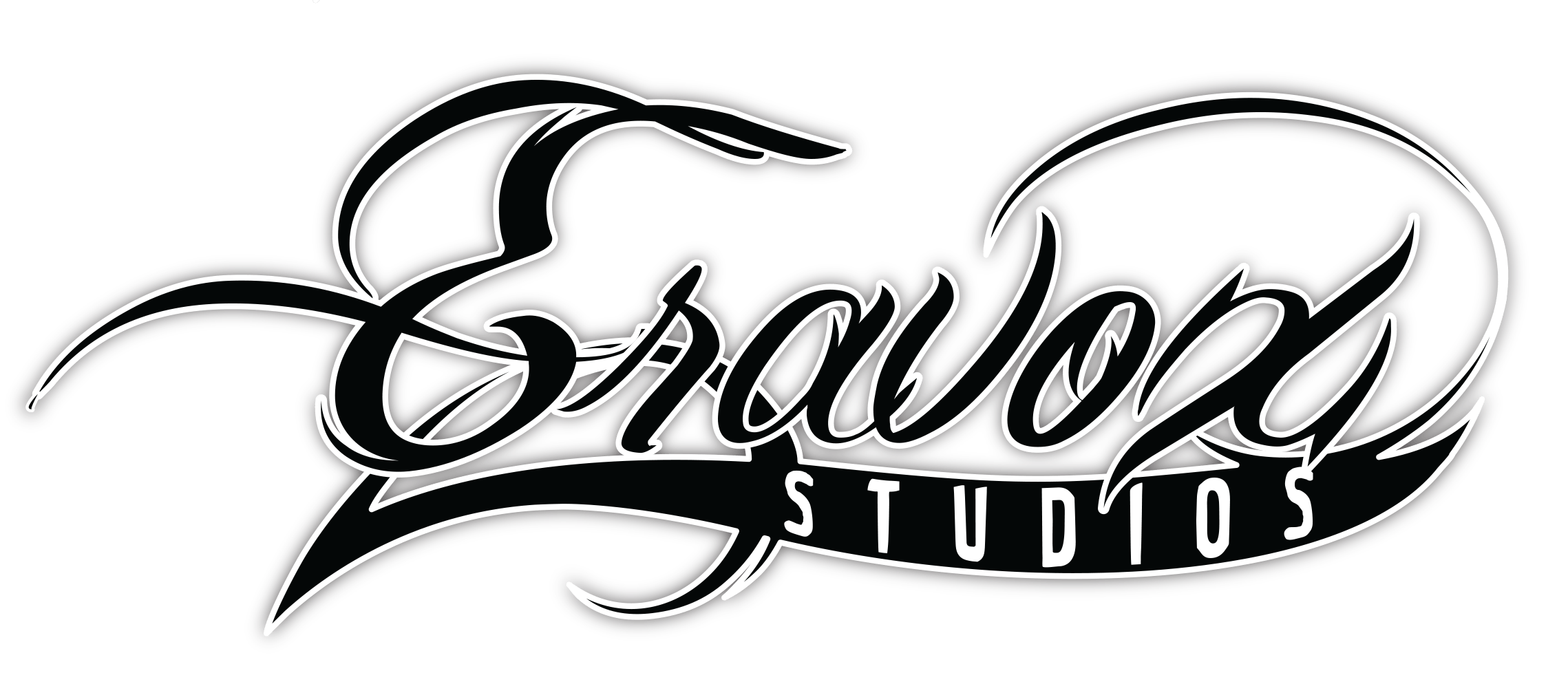Panning in music leads to the creation of a sense of space and dimension in a stereo mix. This is critical when attaining a well-balanced and highly immersive sound, especially when you are working with stereo audio. Here are some situations that make panning music important:
Creation of a stereo image: Panning is essential when it comes to stereo recordings since this allows you to place different instruments and musical elements all over the stereo field. This makes way for a wider and more interesting soundstage. This makes the sound mix more realistic and dynamic.
Separating musical instruments: Panning aids in the separation of instruments in the sound mix. The goal is to make every element distinct and clear. When instruments are placed at different points within the stereo field, you can prevent them from clashing or masking each other.
Improving depth: By panning, some elements are placed to the sides, while others are centered. In this way, you produce a sense of depth in the sound mix. This depth adds musical dimensionality. This gives the listener the feeling of being surrounded by the produced sound.
Creating movement: Dynamic panning is capable of adding a sense of movement to the sound mix. This is because the position of elements changes over time. Such movement can be either subtle or pronounced. This can help in sustaining the listener’s interest in the entire song.
Creating spatial effects: Certain panning techniques can create interesting spatial effects, such as the use of stereo effects. For example, the use of ping-pong delay can produce a sense of movement in the sound as it alternates between the left and right channels.
Stereo balance: Panning is integral to achieving a well-balanced stereo mix. Through the proper distribution of different elements all over the left and right channels, you can be sure that one side is not overloaded compared to the other.
Immersive listening: Panning improves the listening experience in general, particularly when you have a good set of headphones or stereo setups. This makes any music more engaging. It also enables the listener’s perception of the location of various vocals, instruments, and effects.
Mono compatibility: Panning is also significant in terms of ensuring mono compatibility. When a sound mix is played in a mono system (like some radios or other older devices), elements that are panned hard left or right can get lost. Proper music panning makes sure that the balance and clarity of the sound mix are retained even in mono playback.
The following are some of the most common music panning techniques that are often used when producing music:
Centered (0%): If a sound is panned to the center, this means that it can be heard both in the left and right channels. This is often used in the central elements of the sound mix like kick drums, vocals, and bass.
Panorama (0-100%): This means that sounds can be panned anywhere between the extreme right or left. It enables a gradual shift in any perceived direction, which leads to the creation of a wider stereo image.
Hard Left or Hard Right (100%): If a sound is panned hard to the left or right channel, it means that it is only audible in one channel while inaudible in the other. This results in a strong sense of direction and this can your sound a sense of space and separation with its different instruments.
Automation: Panning may be automated over time. You can change the sound’s spatial position within the stereo field as the music progresses. This dynamic panning can stimulate movement and interest in the mix.
Stereo Imaging: Panning can be instrumental in spreading different instruments all over the stereo field. This can make the sound mix more engaging and highly immersive.
